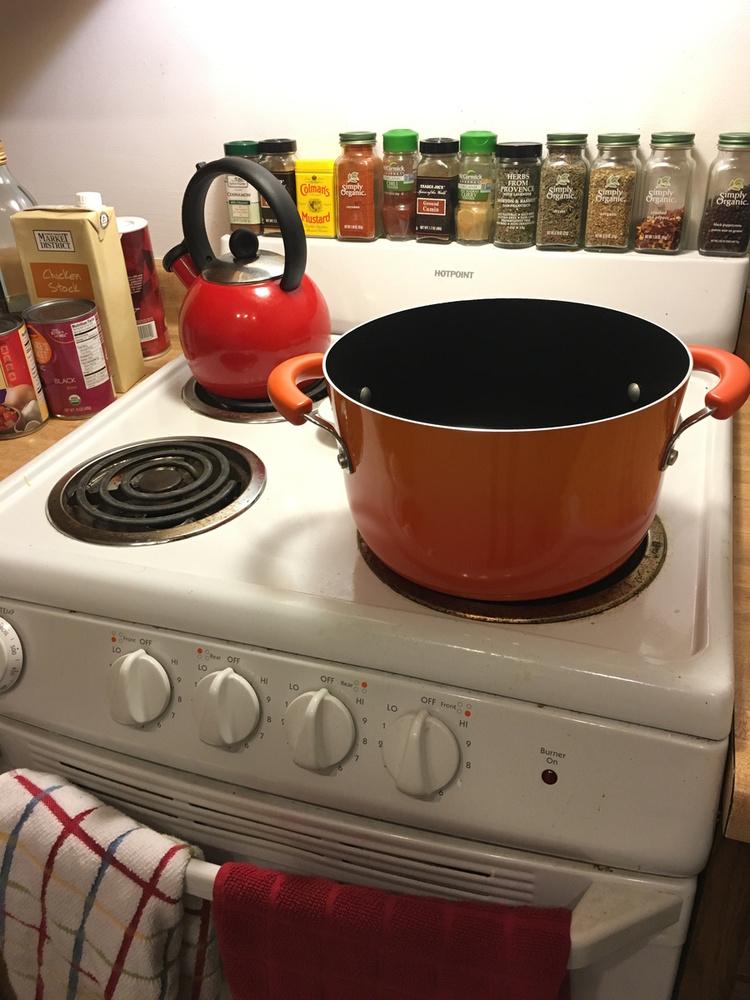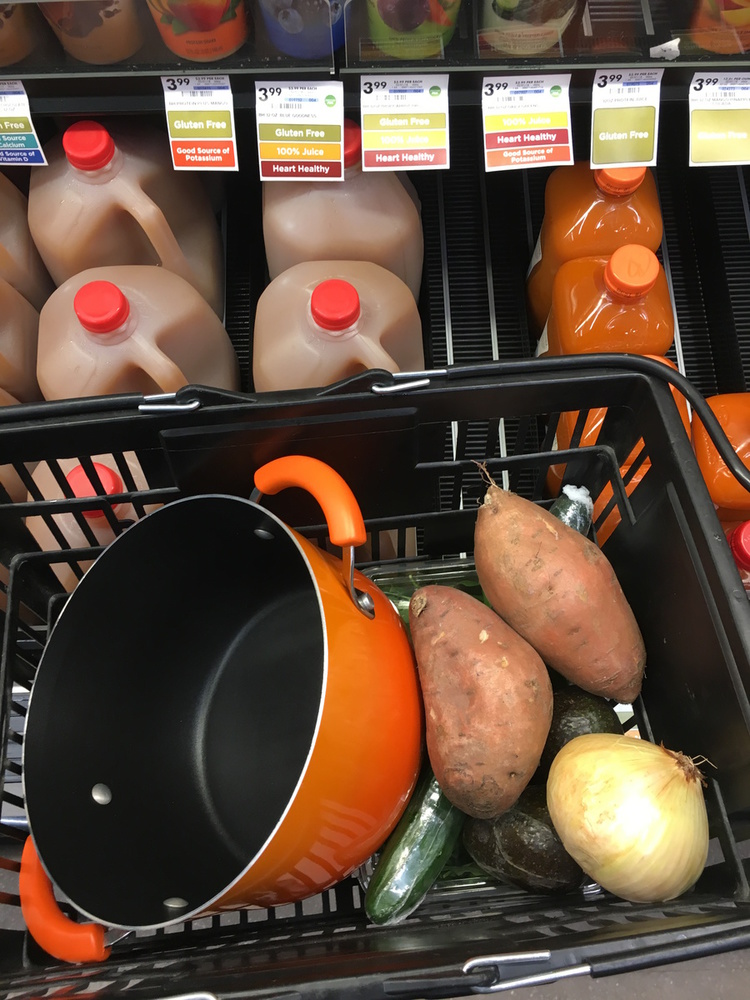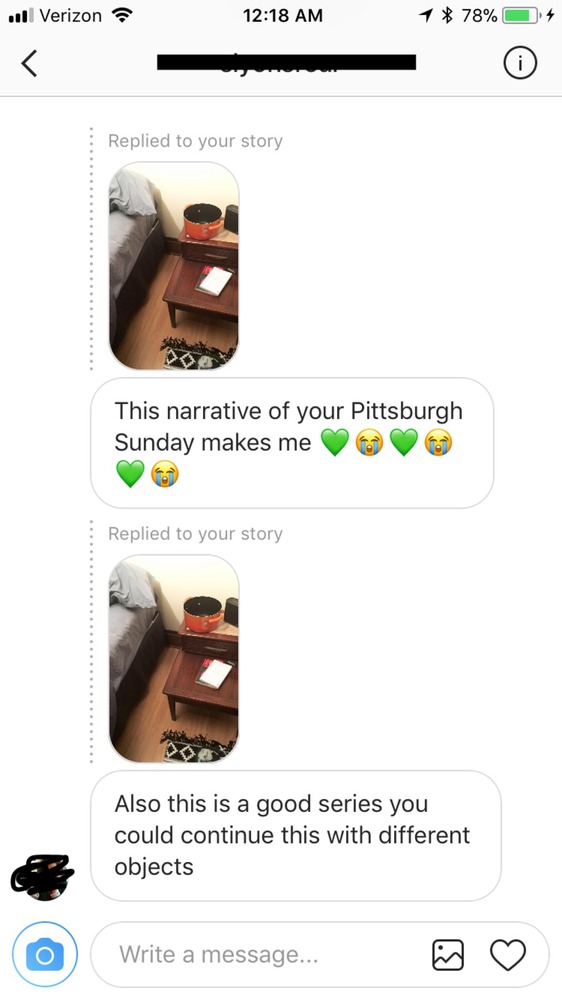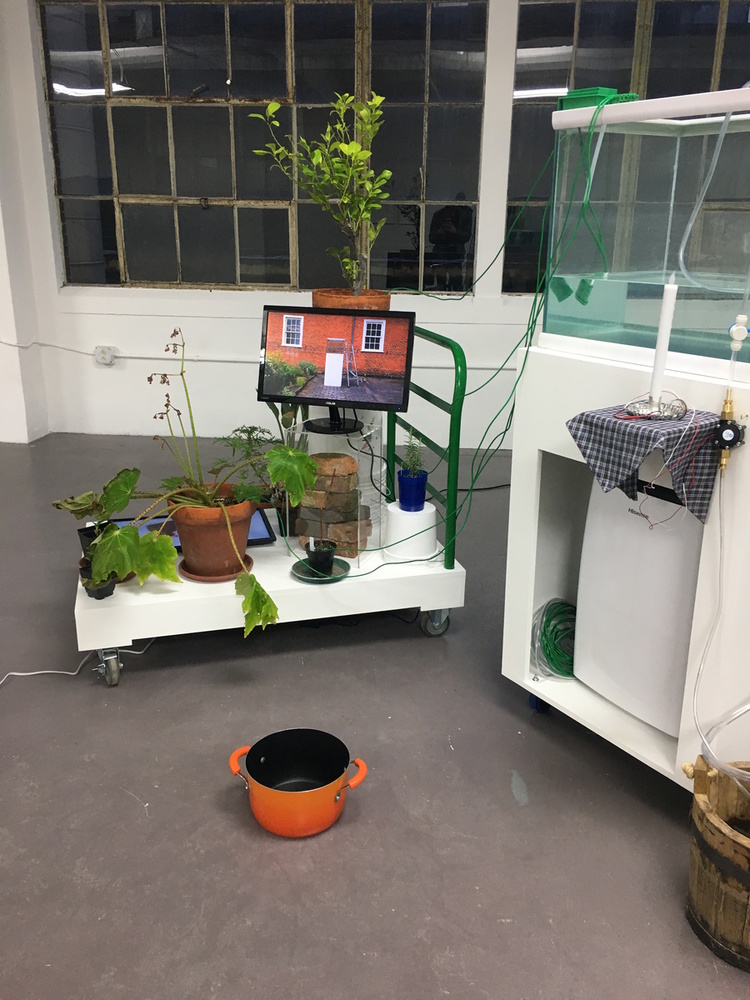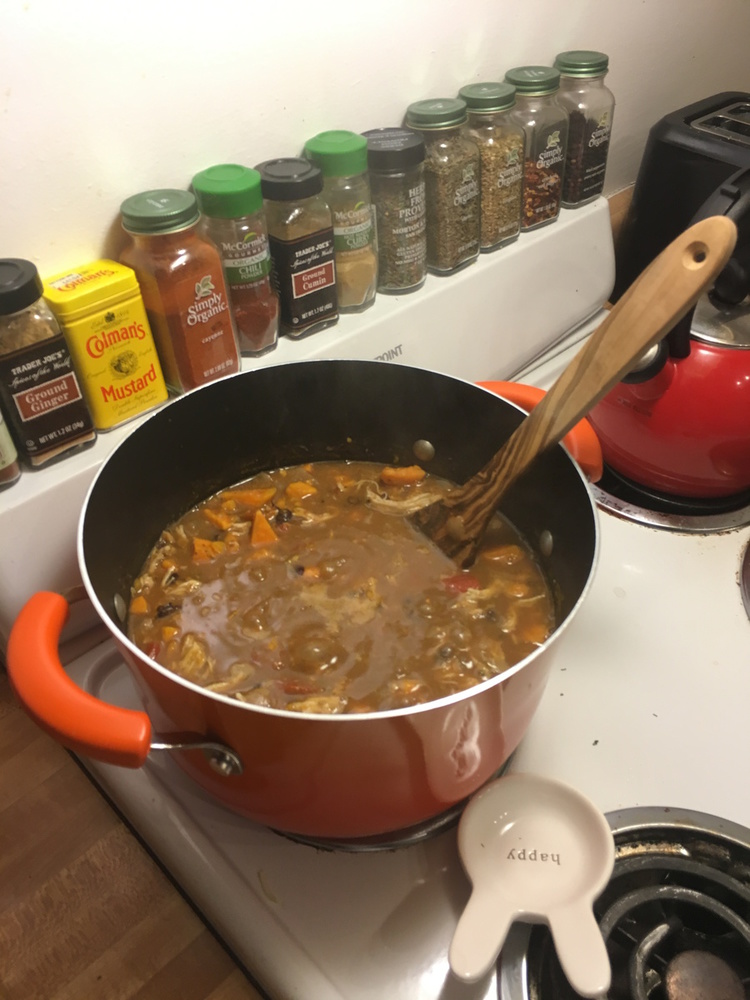Proposal:
At the beginning of this investigation, I set out to design an object that would take advantage of the kitchen as a site for reflection. Kitchens carry strong associations and memories: think of family recipes that have been passed on for generations, or a cookbook filled with scrawled notes from the last person to use it. At the same time, the kitchen can be a place of the most mundane everyday behaviors that leave little to no impression. My original concept was a piece of cookware that would record video while in use, which users could then examine to reflect on their lives as lived in the kitchen, joining the sentimental with the mundane.
I was secondarily interested in whether an object with memory could itself become an object of memory. As my research and experimentation proceeded, I became much more interested in this second question, and ultimately my investigation became about how (or even whether) we can turn an everyday object that we have no prior relationship with into an object of memory. Additionally, how does the object itself participate in this relationship and how might it remember?
